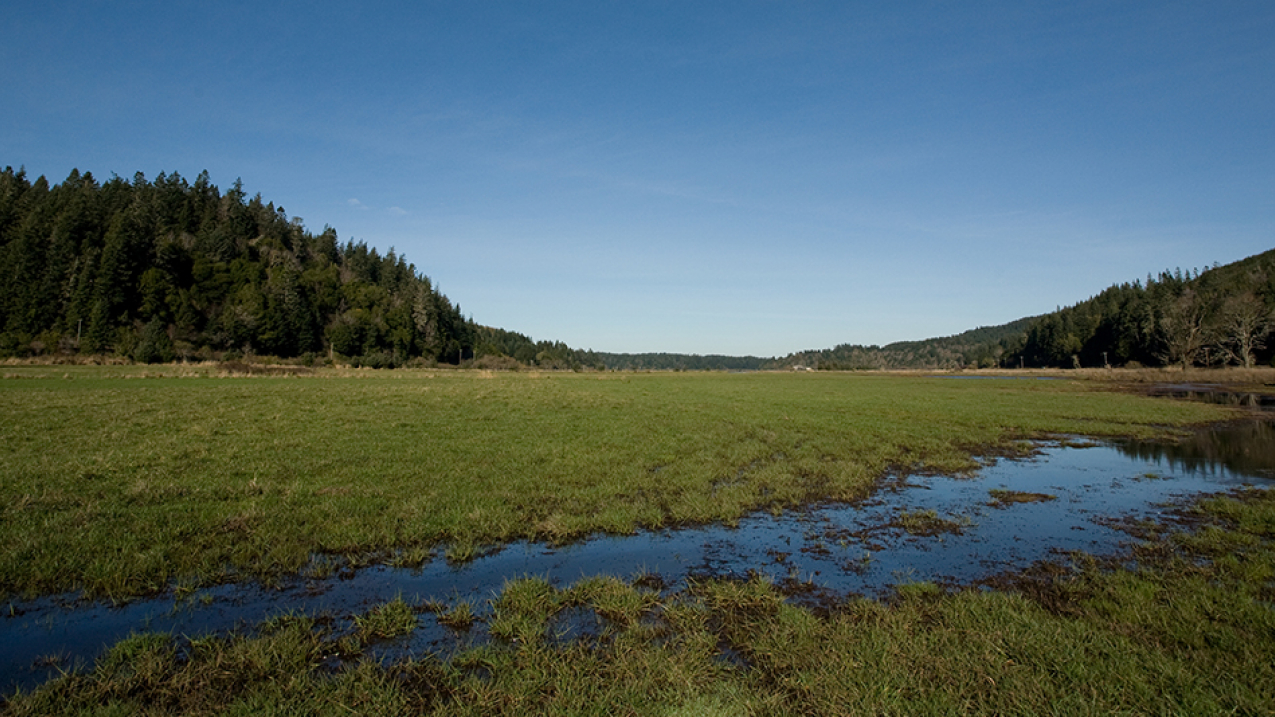
The Lowe Creek restoration project restored estuary and wetland habitat, which is important for Oregon Coast chinook and coho salmon. (Image credit: NOAA)
Did you know that NOAA’s Restoration Center has been restoring habitat for 25 years? During that time, we’ve restored more than 130,000 acres of habitat — marshes, wetlands, rivers, barrier islands, and more — ultimately leading to healthier, more abundant fish.
Here are 6 of the most interesting lessons we’ve learned along the way:
1. Restoration helps fish — and people, too
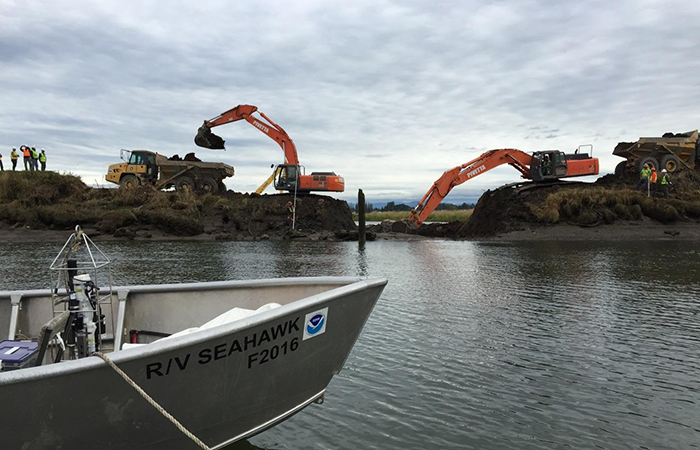
In Washington state, aging dikes, levees and other structures prevent tidal flow into wetlands. This reduces habitat for fish and contributes to flooding. Updating and replacing these structures restored marshes, and created critical habitat for fish like salmon. The revitalized marshes also absorb flood waters, which helps protect nearby farmland, homes, businesses, and community infrastructure.
2. We might work at NOAA, but we can’t control the weather
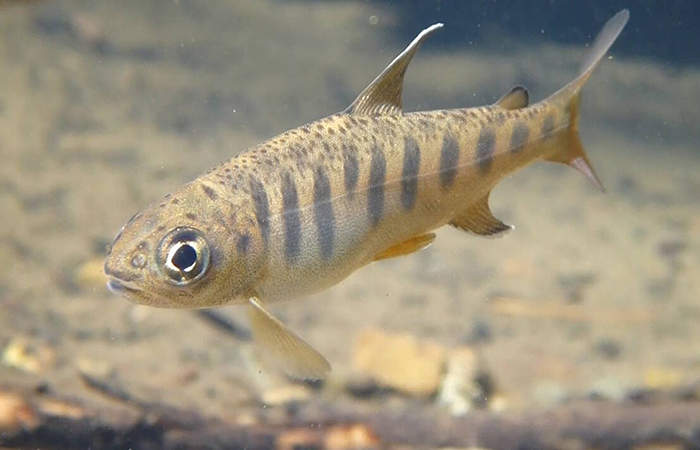
Let’s face it: Weather conditions can and do affect project plans. One example: We needed to remove a barrier on Willow Creek in California and install a bridge so that fish could swim through. We figured summer would be the best time to drain the site as it should be dry, except the night before we started, we got an inch of rain! All that water meant extra time — and money — before we could start. Luckily we had a contingency plan, and once the area was dry, the project went smoothly. Now, five years later, a second generation of fish is returning to the restored creek.
3. We’re experts, but we’re always innovating
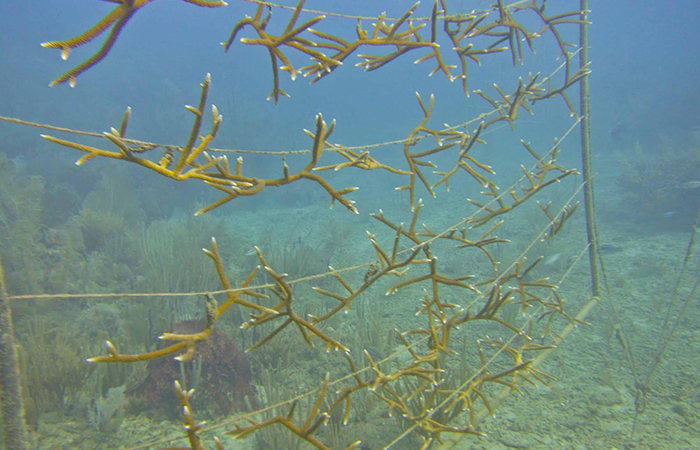
In Puerto Rico, we used to grow corals on wire frames and blocks on the ocean floor and plant them on damaged reefs. But this left them susceptible to harm. Our staff came up with a bright idea: grow the corals on floating frames, so that they could withstand storms and other impacts. This inventive method saved money, increased efficiency, and resulted in unprecedented coral growth with high survival rates.
4. Sometimes nature knows best
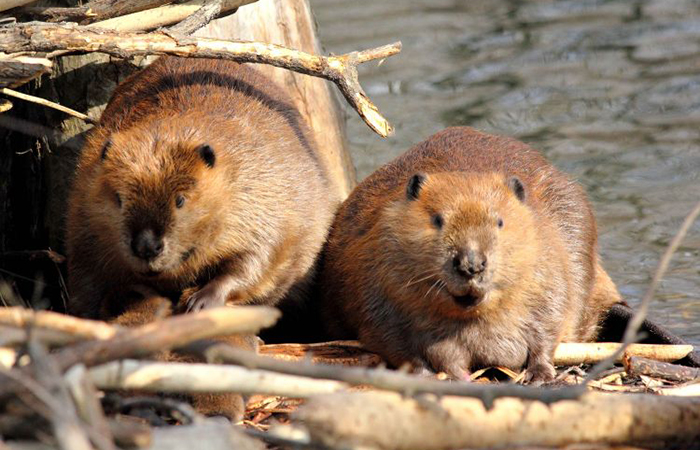
At one Washington project, we put beavers to work. As part of their natural behavior, beavers — often referred to as “nature’s engineers” — add wood to streams, which not only provides places for small fish to hide, but also reconnects streams with their floodplains. These are the same objectives for many of our river restoration projects. Using beavers’ expert skills allows us to restore wetland habitat at a fraction of the typical cost.
5. Restoring habitats creates jobs
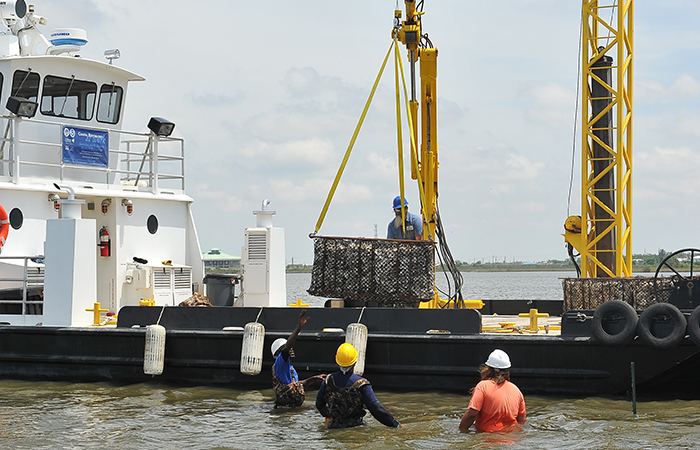
Our data shows that restoration projects create an average of 15 jobs for every $1 million invested. These projects can create jobs for construction workers, landscapers, heavy equipment operators, and technical experts such as engineers and wildlife biologists.
6. We can’t do it alone
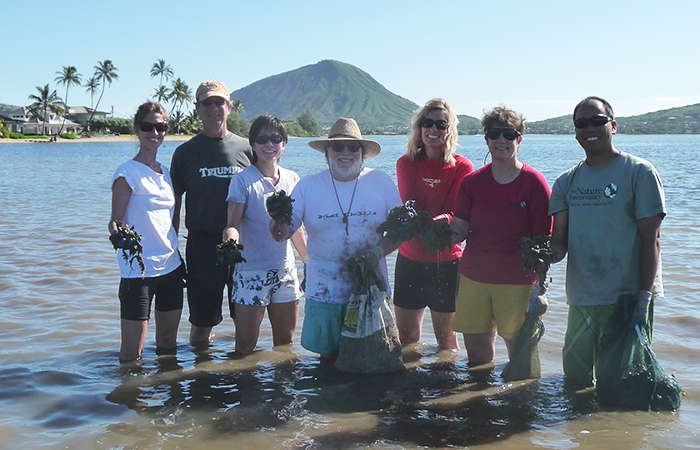
The number of threats facing our coastal habitats is too many for just one organization to tackle. That’s why NOAA works with various partners to determine where we can have the biggest impact, and where funding and technical assistance are needed most; they contribute time, expertise, funding and local knowledge of an area in need of help.
Help us celebrate 25 years of habitat restoration: Learn about how restoration helps fish, habitat and human beings.




